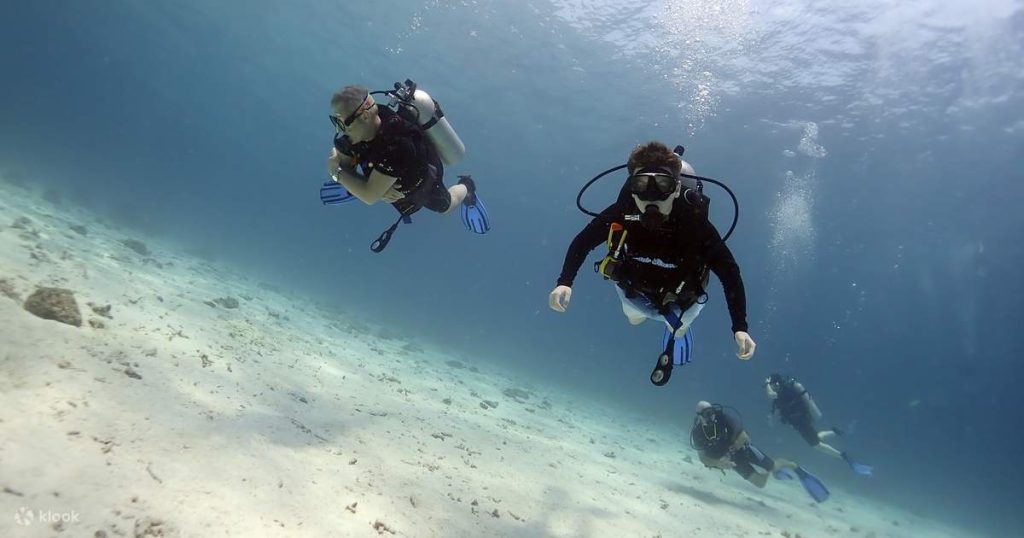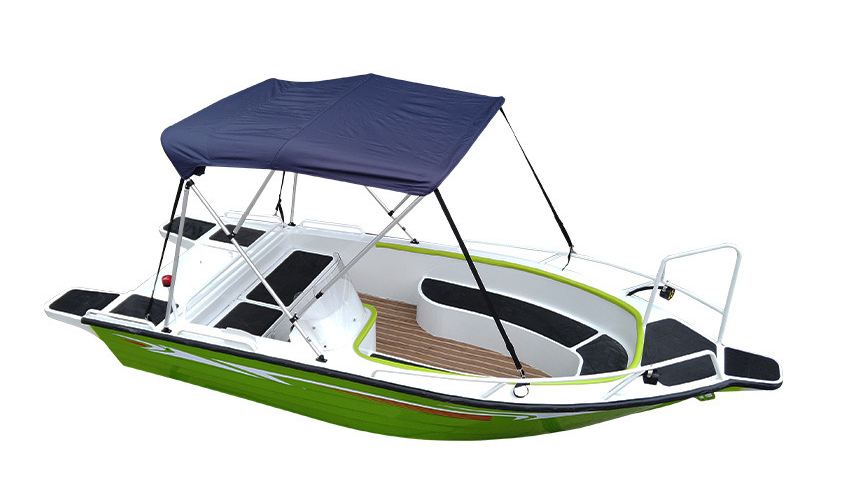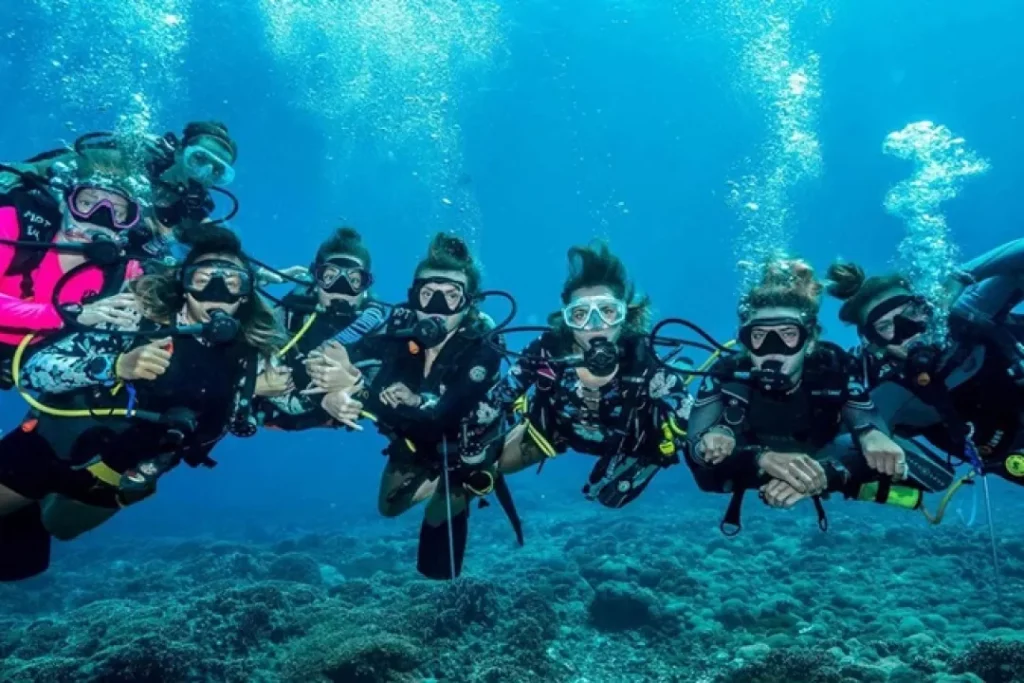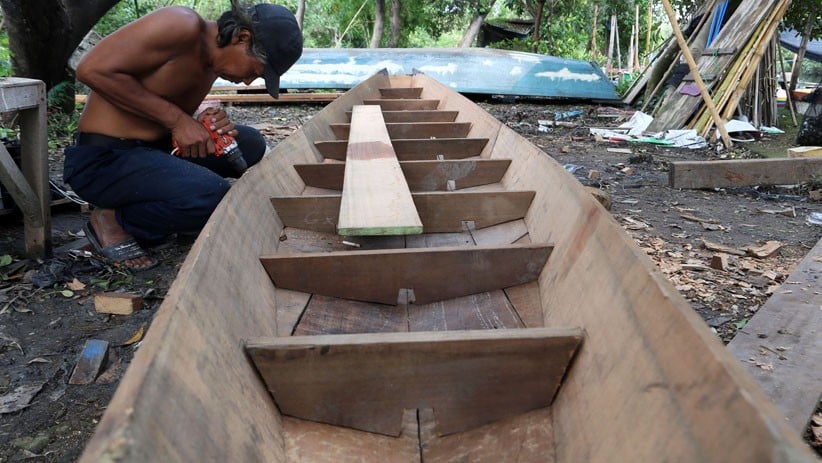PUMPUPBOATS.COM – Benarkah Penyelam adalah Santapan Hiu? Fakta vs Mitos yang Harus Kamu Tahu”
Kesan bahwa hiu adalah predator haus darah yang menjadikan manusia, khususnya penyelam, sebagai santapannya sudah lama terbentuk dalam imajinasi publik—terutama […]






